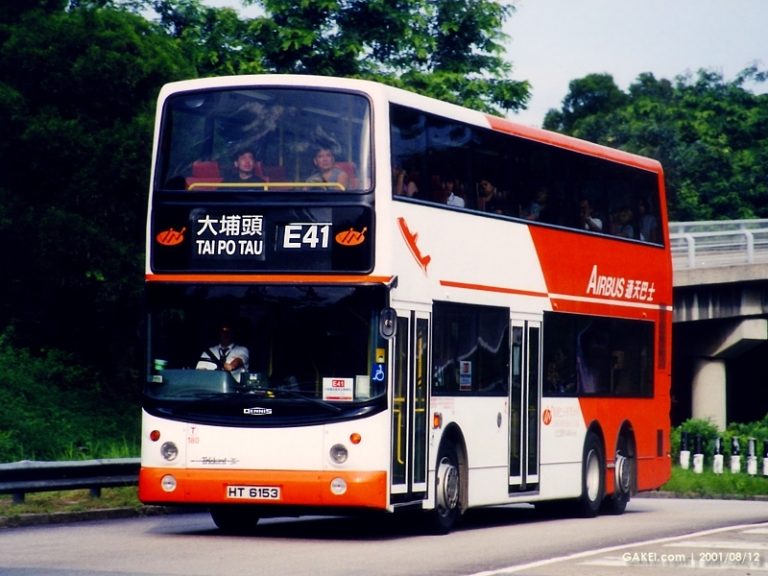Tropical Cyclone Fung-wong is approaching Hong Kong, prompting the Hong Kong Observatory (HKO) to prepare for potential weather disruptions. On Monday, November 10, the observatory will issue the Standby Signal No. 1 (T1) in the afternoon, signaling the cyclone’s proximity to the region.
Current forecasts indicate that Fung-wong will enter within 800 kilometers of Hong Kong on Monday, with its trajectory taking an intriguing path through the northeastern part of the South China Sea. The cyclone is expected to reach its closest point to Hong Kong on Wednesday, November 12, passing approximately 400 kilometers east of the city.

The HKO is closely monitoring the cyclone’s development and will conduct a comprehensive assessment on Tuesday, November 11, to determine whether higher tropical cyclone warning signals might become necessary. This evaluation will carefully consider multiple critical factors, including the cyclone’s intensity, its precise distance from Hong Kong, and local wind conditions.

Residents can anticipate some notable weather changes in the coming days. The combination of Fung-wong and the ongoing northeast monsoon is expected to bring windy conditions and a slight temperature drop to the region. Urban areas in Hong Kong may experience temperatures falling to around 20 degrees Celsius by midweek, offering a brief respite from warmer temperatures.
The cyclone’s influence extends beyond Hong Kong, with potential impacts along the Guangdong coast. Residents and visitors in the area can expect noticeable swells, which could affect maritime activities and coastal regions. As Fung-wong continues its journey, meteorological models suggest it will gradually move toward Taiwan, where the northeast monsoon is anticipated to contribute to its weakening.
For those concerned about potential disruptions, the HKO recommends staying informed about the latest updates. The observatory continues to track the cyclone’s progression and will provide timely information about any changes in its trajectory or potential impacts.

Individuals seeking real-time information can leverage various resources, including official weather channels and mobile applications. The Standard app, for instance, offers continuous updates on significant weather events and related developments.
While the current forecast suggests minimal direct impact on Hong Kong, tropical cyclones can be unpredictable. The T1 signal serves as a precautionary measure, allowing residents and authorities to prepare and remain vigilant. It’s a standard protocol that enables communities to stay alert and responsive to potential weather-related challenges.
The HKO’s proactive approach demonstrates the importance of comprehensive weather monitoring and timely communication. By issuing early warnings and providing detailed information, the observatory helps residents make informed decisions and take necessary precautions.
As Fung-wong continues its journey through the South China Sea, meteorologists and residents alike will be watching its progression closely. The interplay between the cyclone and the northeast monsoon creates a dynamic weather scenario that underscores the complexity of regional meteorological systems.
Residents are advised to stay tuned to official weather updates, prepare for potential wind and temperature changes, and follow any guidance provided by local authorities. While the current forecast suggests a relatively mild encounter with Tropical Cyclone Fung-wong, maintaining awareness and preparedness remains crucial.












